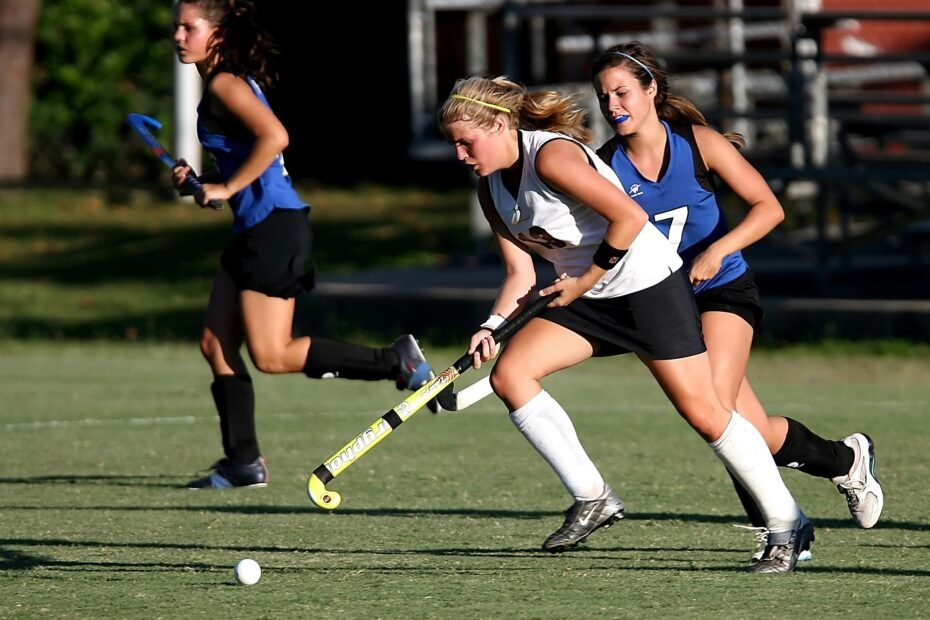Hockey is a game filled with speed, skill, and strategy. But one question often comes up: how many periods are there in hockey? Whether you’re a newbie learning the ropes or a seasoned fan who needs a refresher, understanding the game’s structure is key. So, let’s break it down!
How Many Periods in Hockey?
Understanding periods in Hockey?
Hockey is a game filled with speed, skill, and strategy. But one question often comes up: how many periods are there in hockey? Whether you’re a newbie learning the ropes or a seasoned fan who needs a refresher, understanding the game’s structure is key. So, let’s break it down!
Understanding Hockey Basics
What is Ice Hockey?
Ice hockey is a fast-paced team sport played on ice, where players skate and try to score by getting a puck into the opposing team’s goal. It’s known for its intense physicality and strategic gameplay, making it one of the most exciting sports to watch.
The Importance of Periods in Hockey
Periods are the fundamental units of time in a hockey game. They dictate the game’s rhythm and structure, influencing everything from strategy to player stamina. Knowing how many periods are in a game can help you understand how the action unfolds.
How Many Periods in Hockey?
The Structure of a Hockey Game
Standard Game Duration
In most professional leagues, a hockey game consists of three periods, each lasting 20 minutes. That’s right—60 minutes of regulation time where teams battle it out on the ice!
Period Breakdown
Length of Each Period
Each period lasts 20 minutes of gameplay. But don’t be fooled—this isn’t just a straightforward clock ticking down. When the puck is out of play, the clock stops, which can lead to some nail-biting moments at the end of a period.
Overtime and Shootouts
If the game is tied after the three periods, overtime kicks in. In the NHL, this is typically a 5-minute sudden-death period, where the first team to score wins. If no one scores, it goes to a shootout, adding more drama to the mix!
Variations Across Leagues
NHL vs. International Play
While the NHL sticks to the three-period format, international games, like those in the IIHF, can differ. In international play, teams might have a different approach, often using two 20-minute halves instead.
College and Junior Hockey
In college hockey, the game also consists of three periods, but sometimes the rules can vary. Junior leagues might follow different structures as well, so always check the specifics of the league you’re watching!
The Role of Timeouts and Breaks
How Timeouts Affect the Game
Each team is allowed one timeout per game. Timeouts give coaches a chance to regroup their players, discuss strategies, and make necessary adjustments. These moments can shift the game’s momentum, making timeouts crucial.
Intermissions Explained
Between each period, there’s a break—typically lasting around 15-18 minutes. These intermissions give players a chance to rest and hydrate while fans take the opportunity to grab snacks and chat about the game. It’s a crucial moment for everyone involved!
Fan Experience During Periods
Building Excitement
Each period is packed with anticipation and excitement. The energy in the arena can be electric, especially during critical moments when a game is on the line. Fans often hold their breath as the clock winds downHow Many Periods in Hockey?
The Ritual of Period Breaks
For fans, the breaks between periods are a time for rituals—whether it’s a quick run to the concession stand or a deep analysis of the game with friends. These moments build camaraderie and enhance the overall experience of being at a live game.How Many Periods in Hockey?
Conclusion
Understanding the structure of a hockey game, especially the number of periods, adds depth to your viewing experience. With three intense periods, potential overtime, and a playoff atmosphere, hockey delivers non-stop action. So next time you’re at a game or watching from home, you can appreciate the drama unfolding on the ice!How Many Periods in Hockey?
FAQs
1. How long does a typical hockey game last?
A typical hockey game lasts about 2 to 2.5 hours, including breaks and stoppages.
2. Can periods end in a tie?
In regular-season NHL games, if the score is tied at the end of three periods, the game goes into overtime and possibly a shootout.
3. Do all leagues have the same period structure?
No, while most professional leagues follow a three-period format, some international leagues use different structures.
4. What happens during intermissions?
During intermissions, players rest, fans refresh, and teams can strategize for the upcoming periods.
5. How does a timeout affect gameplay?
Timeouts provide a strategic advantage, allowing coaches to make game-altering decisions and giving players a breather.
